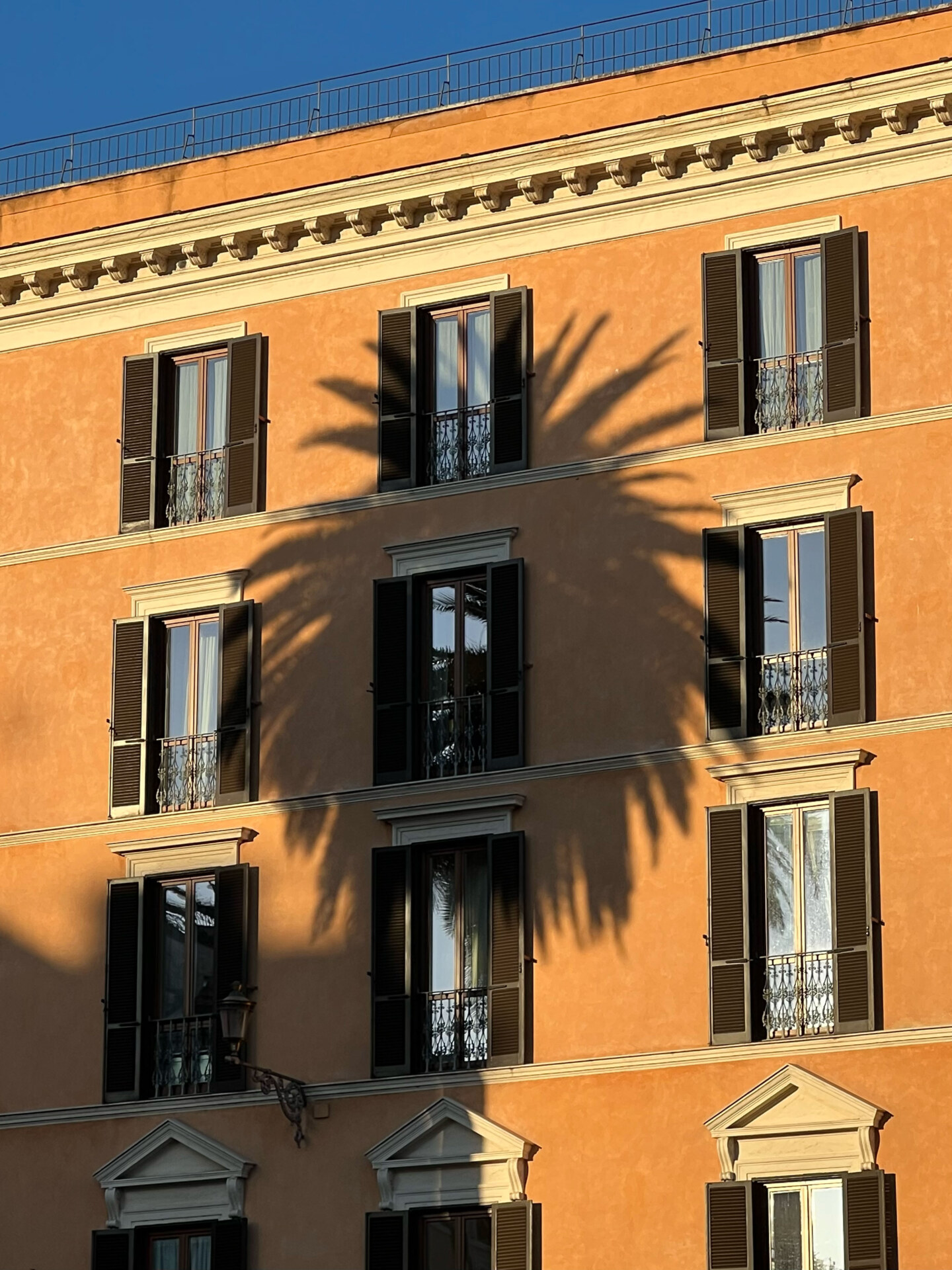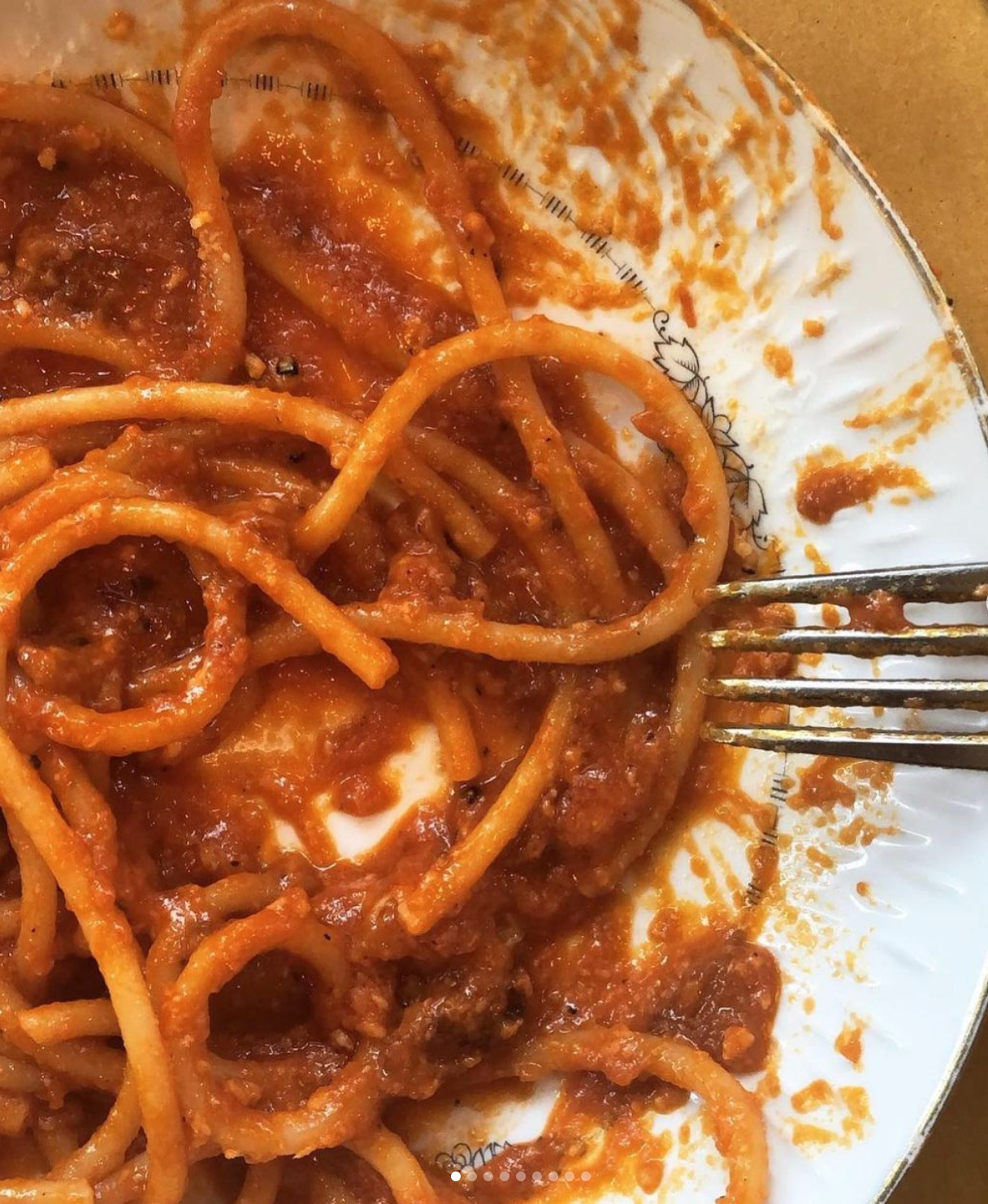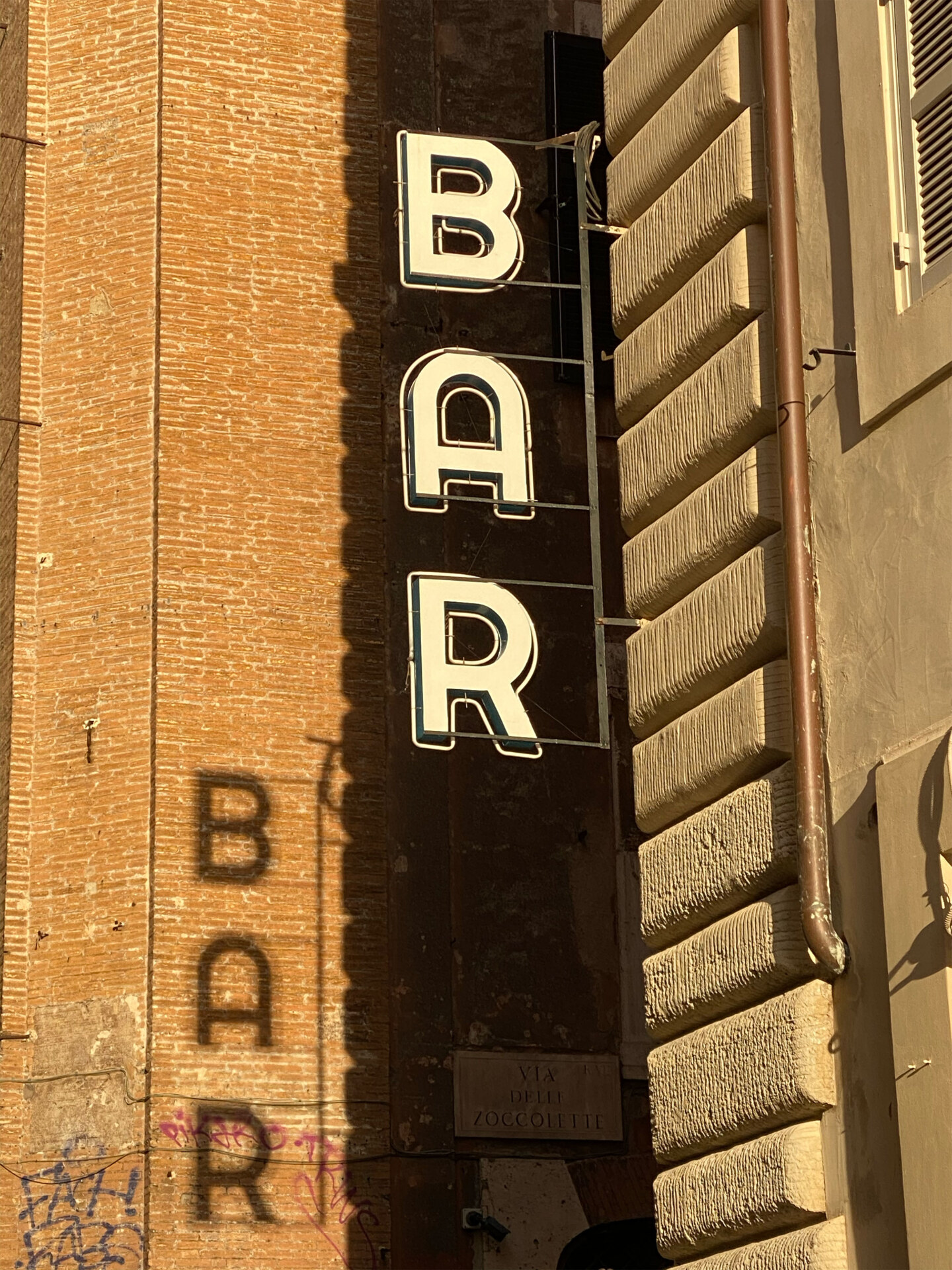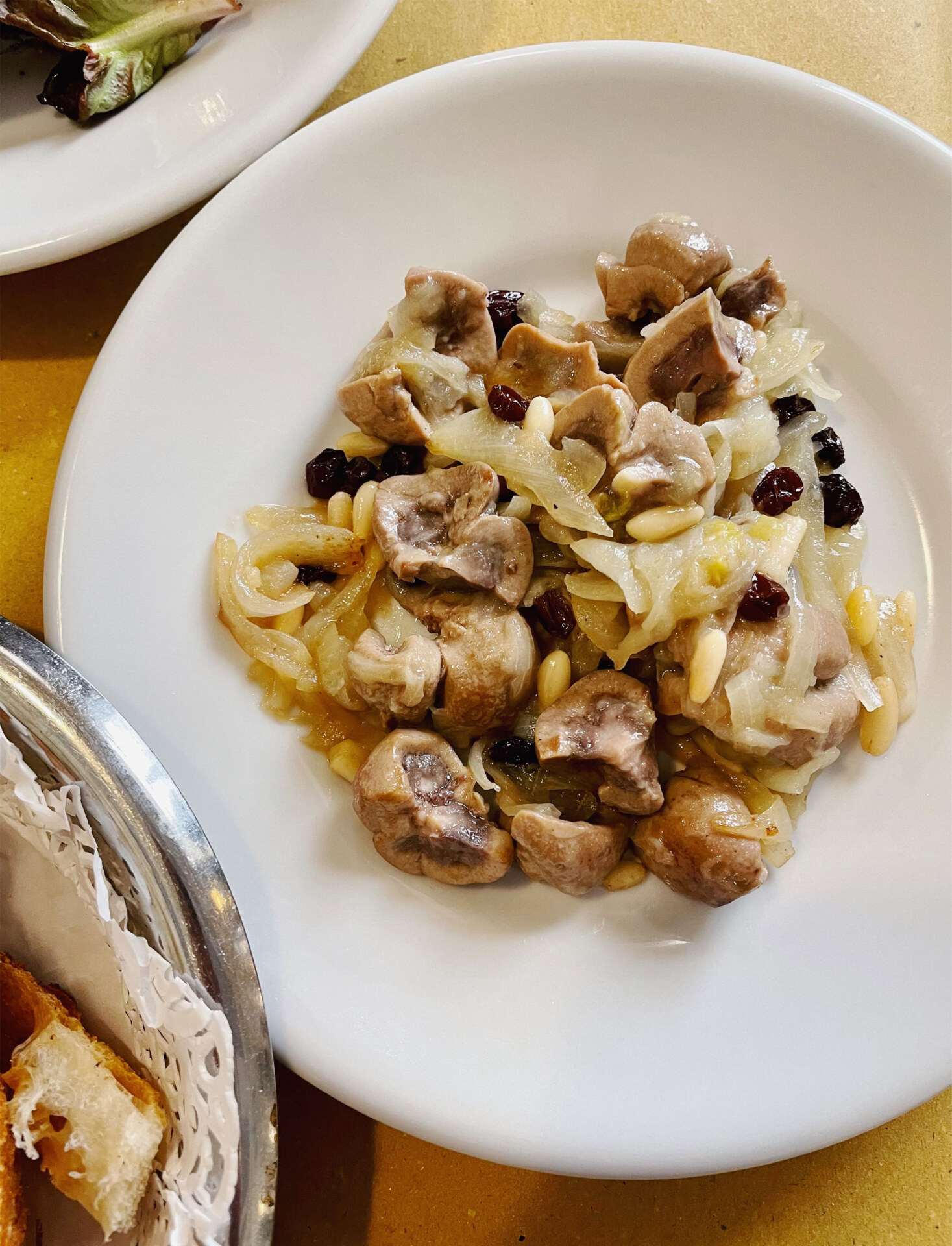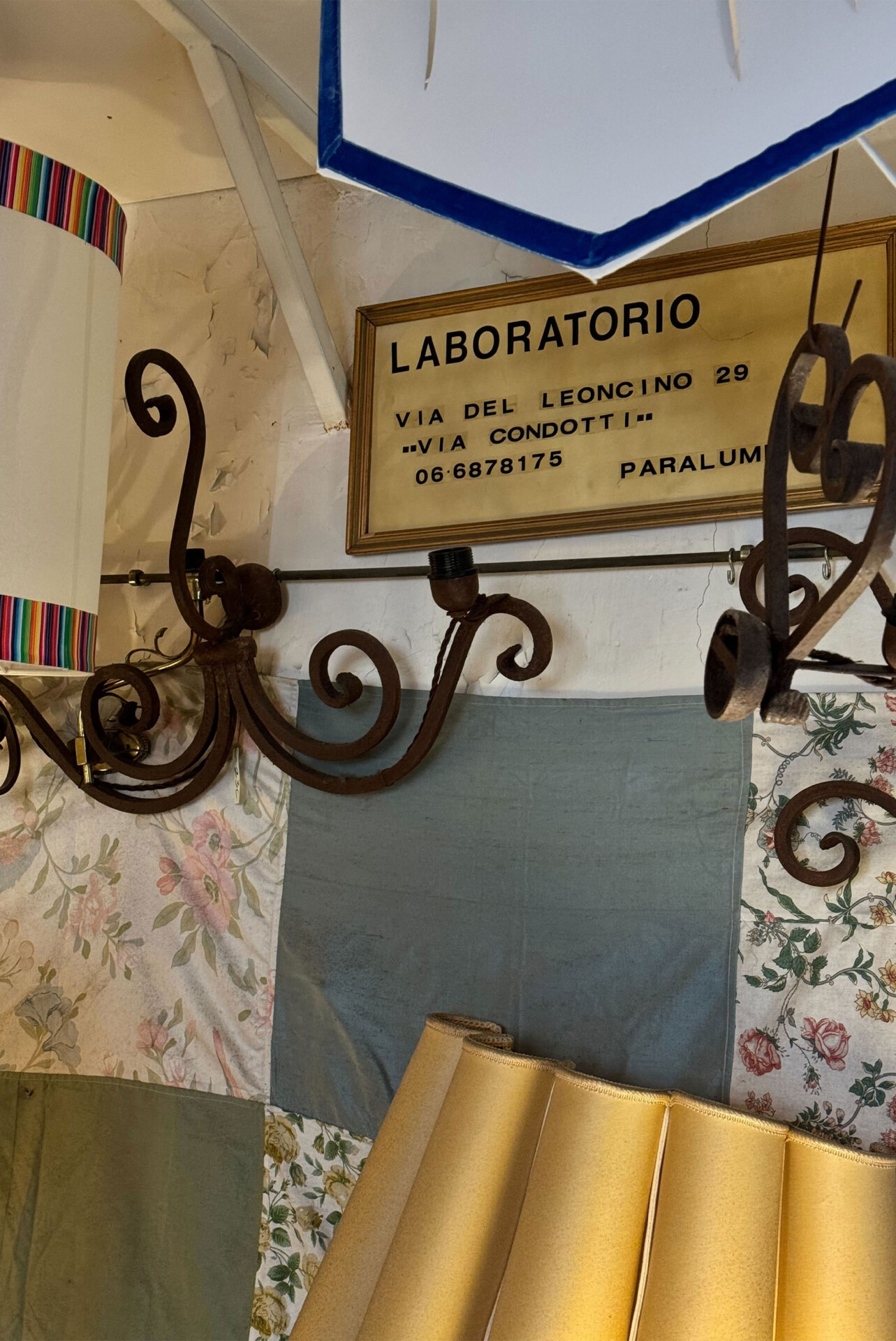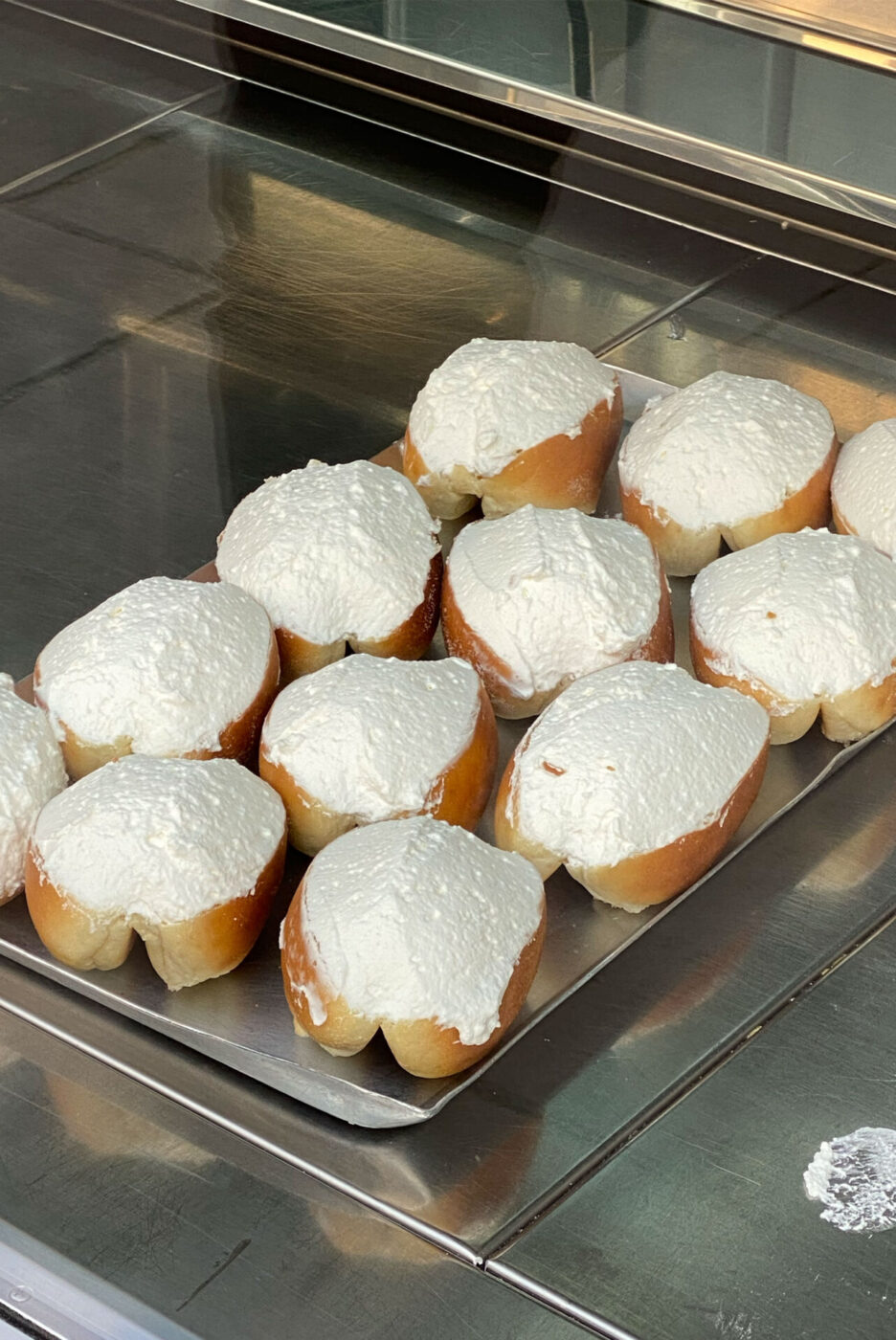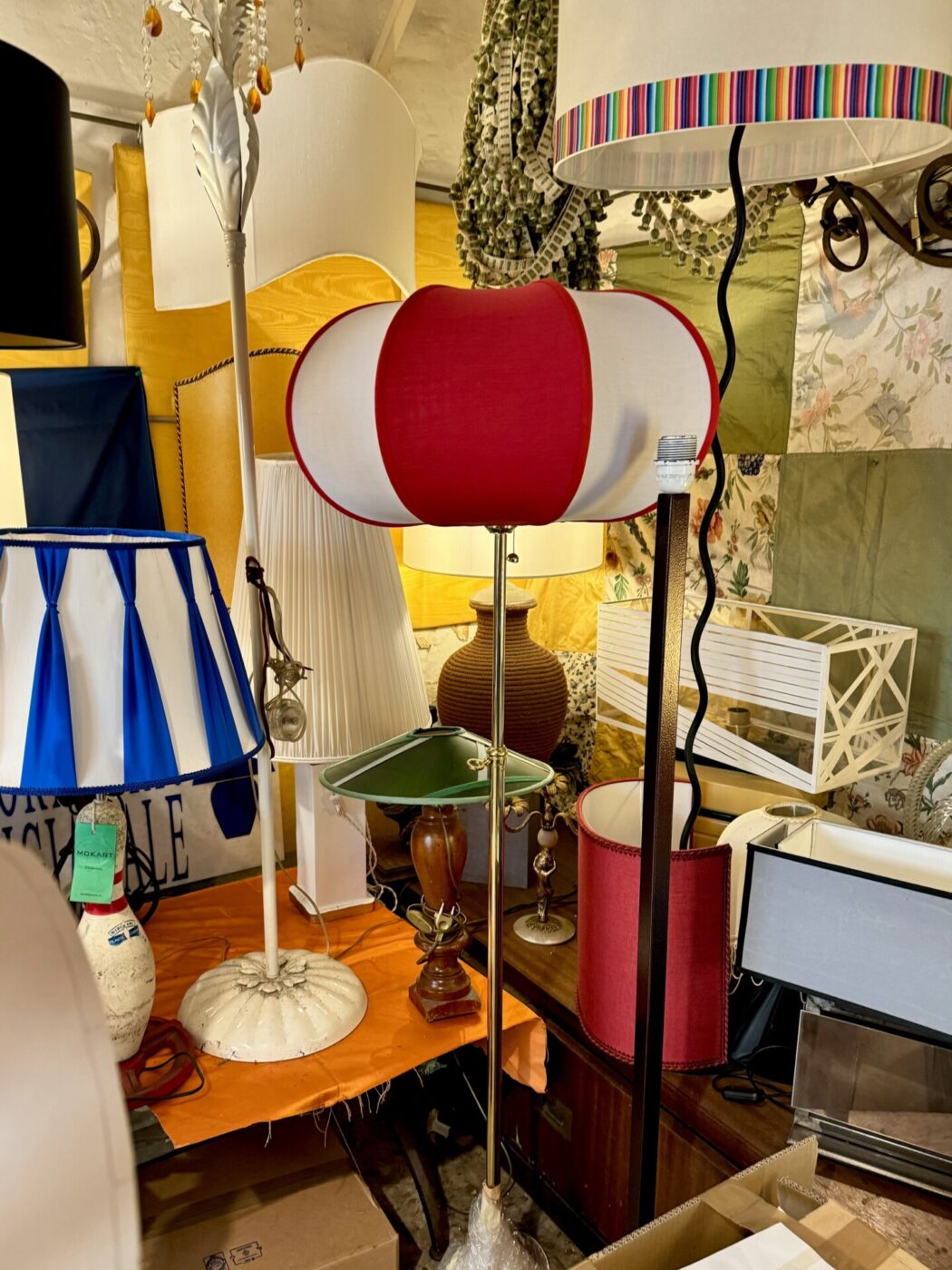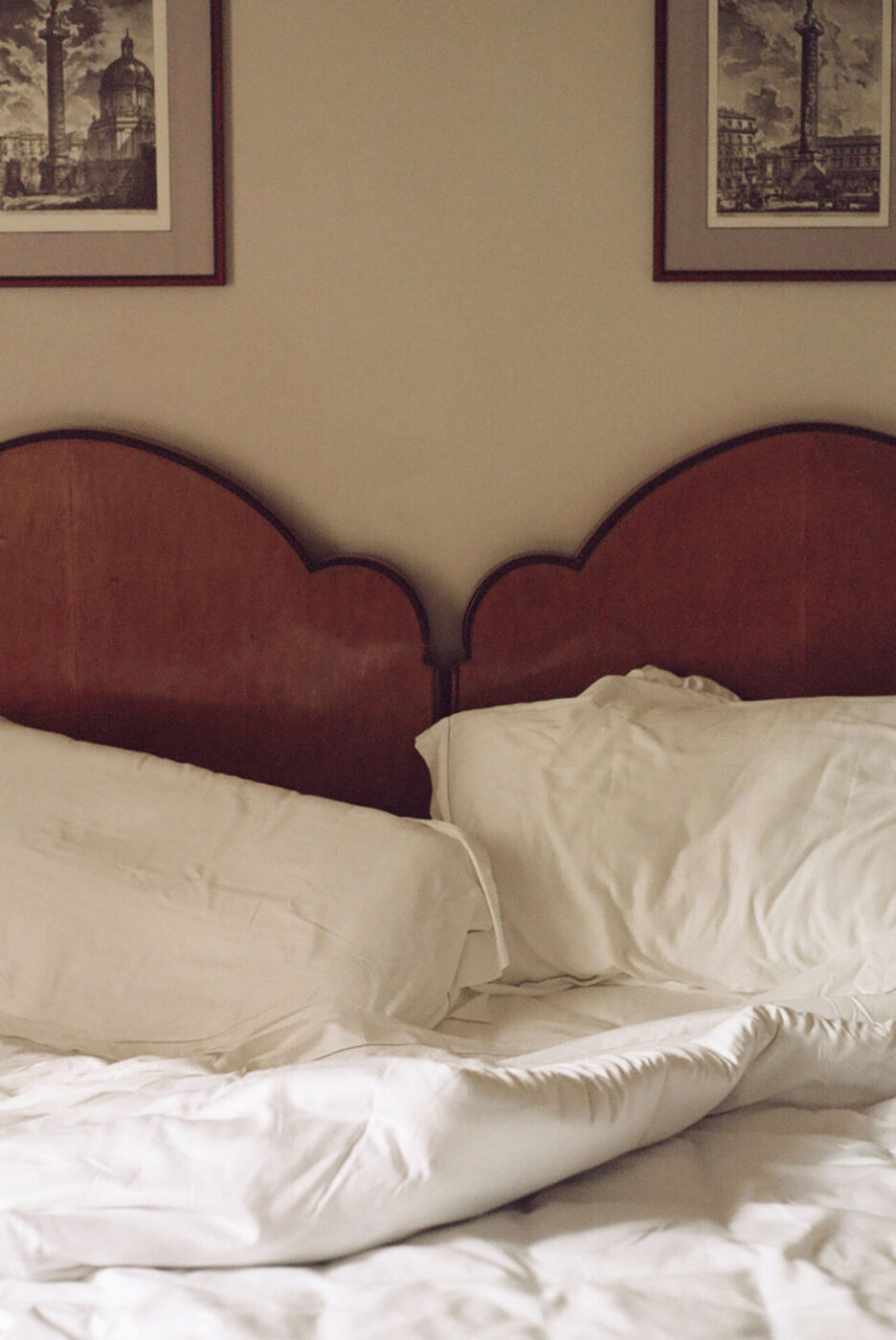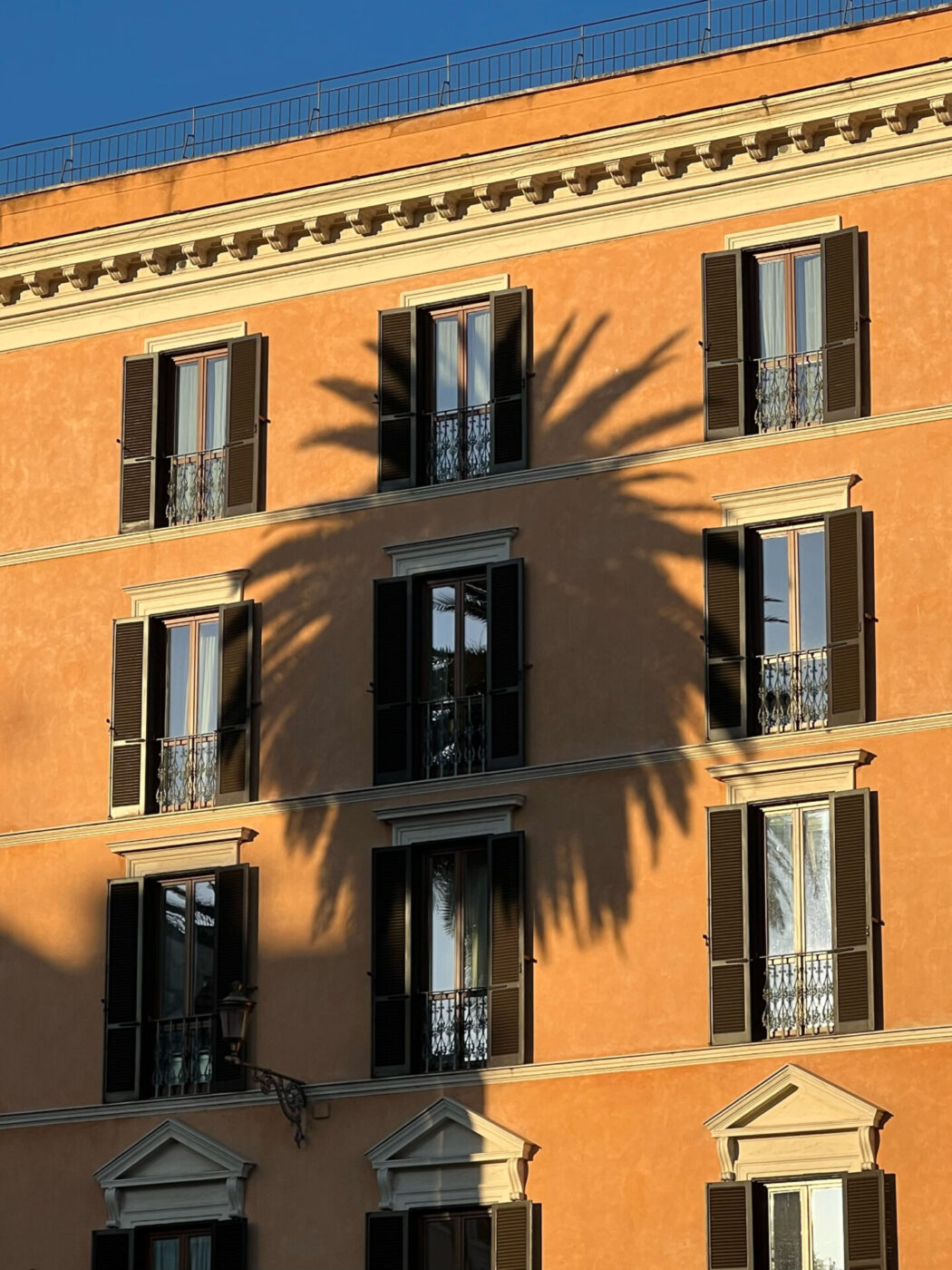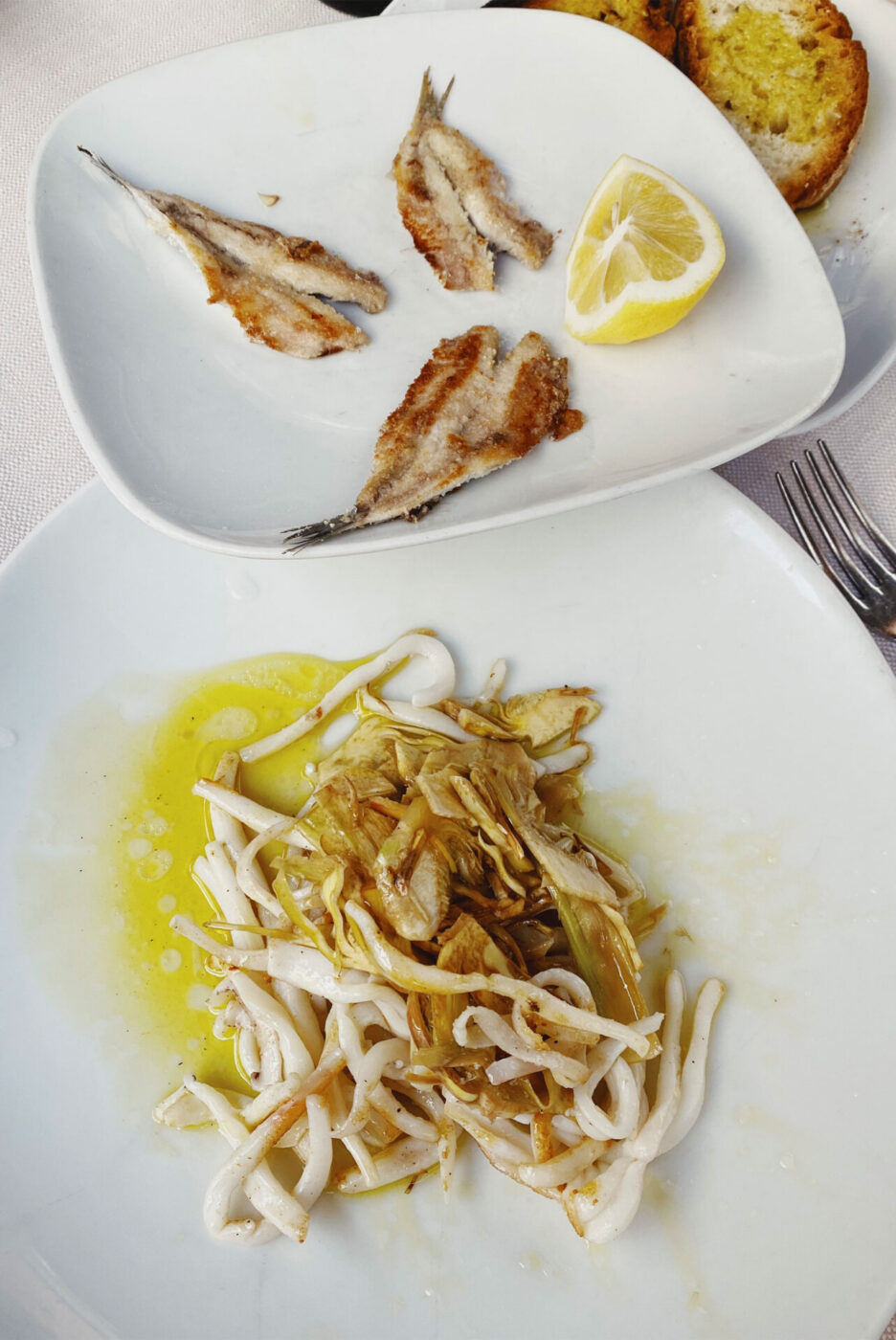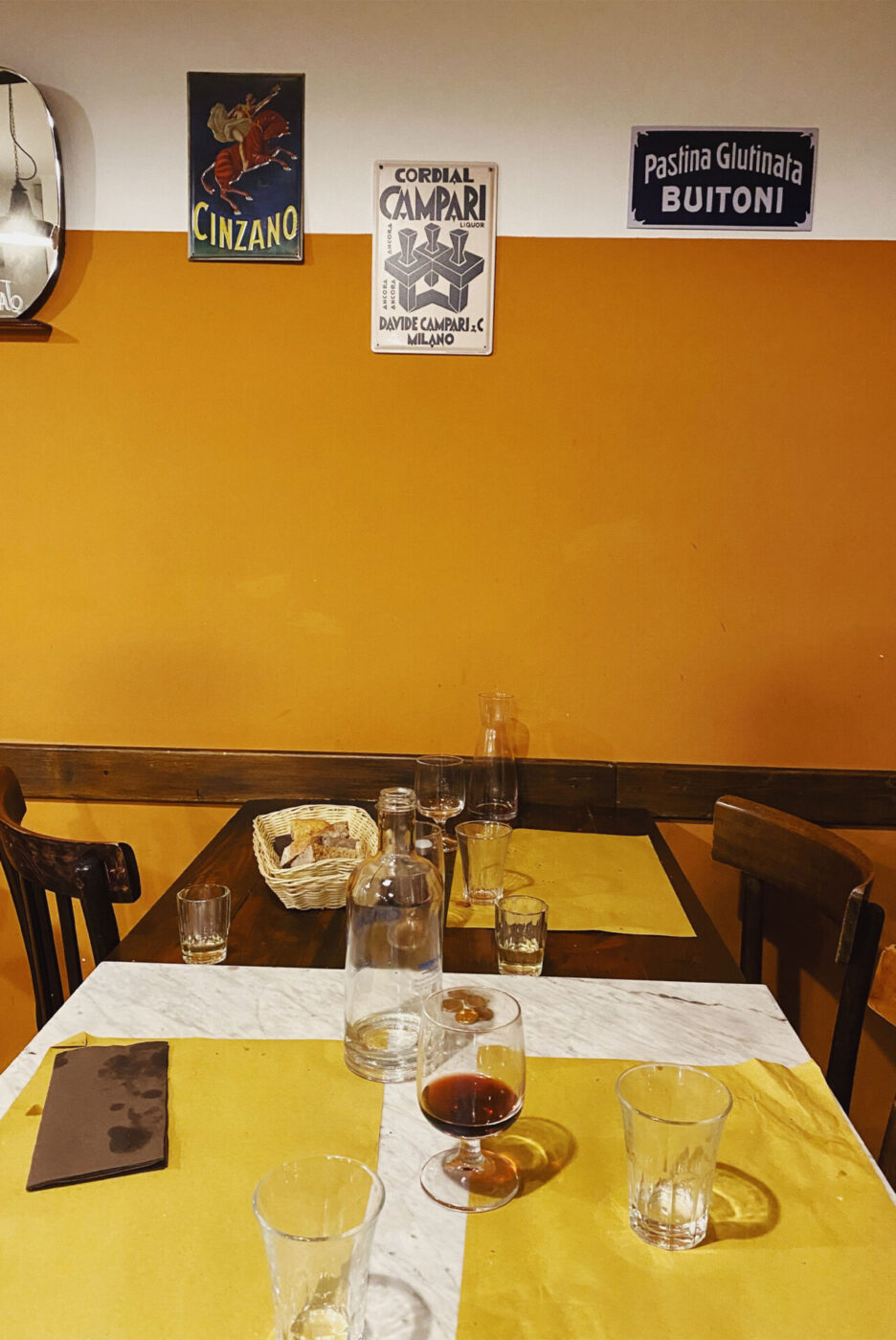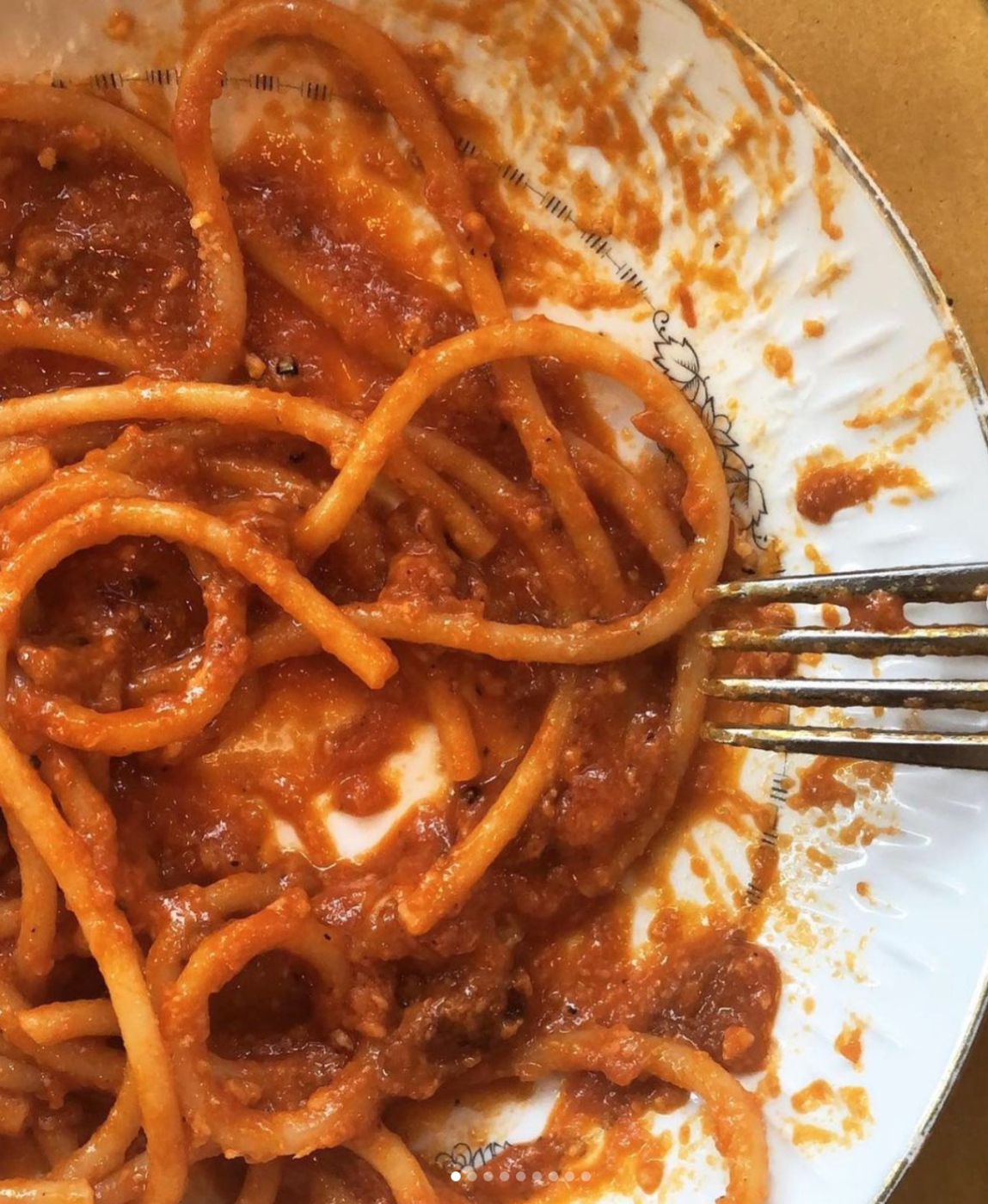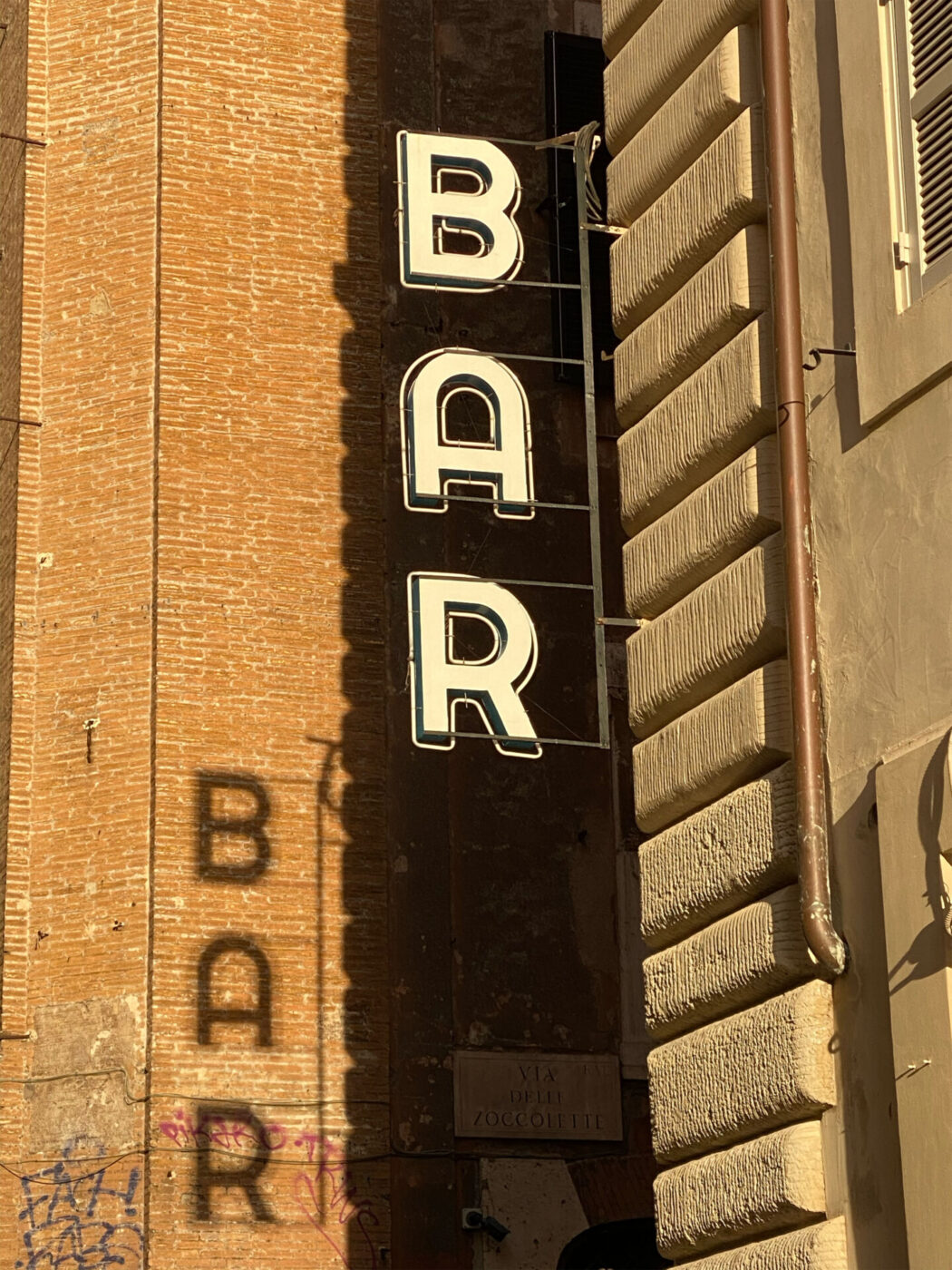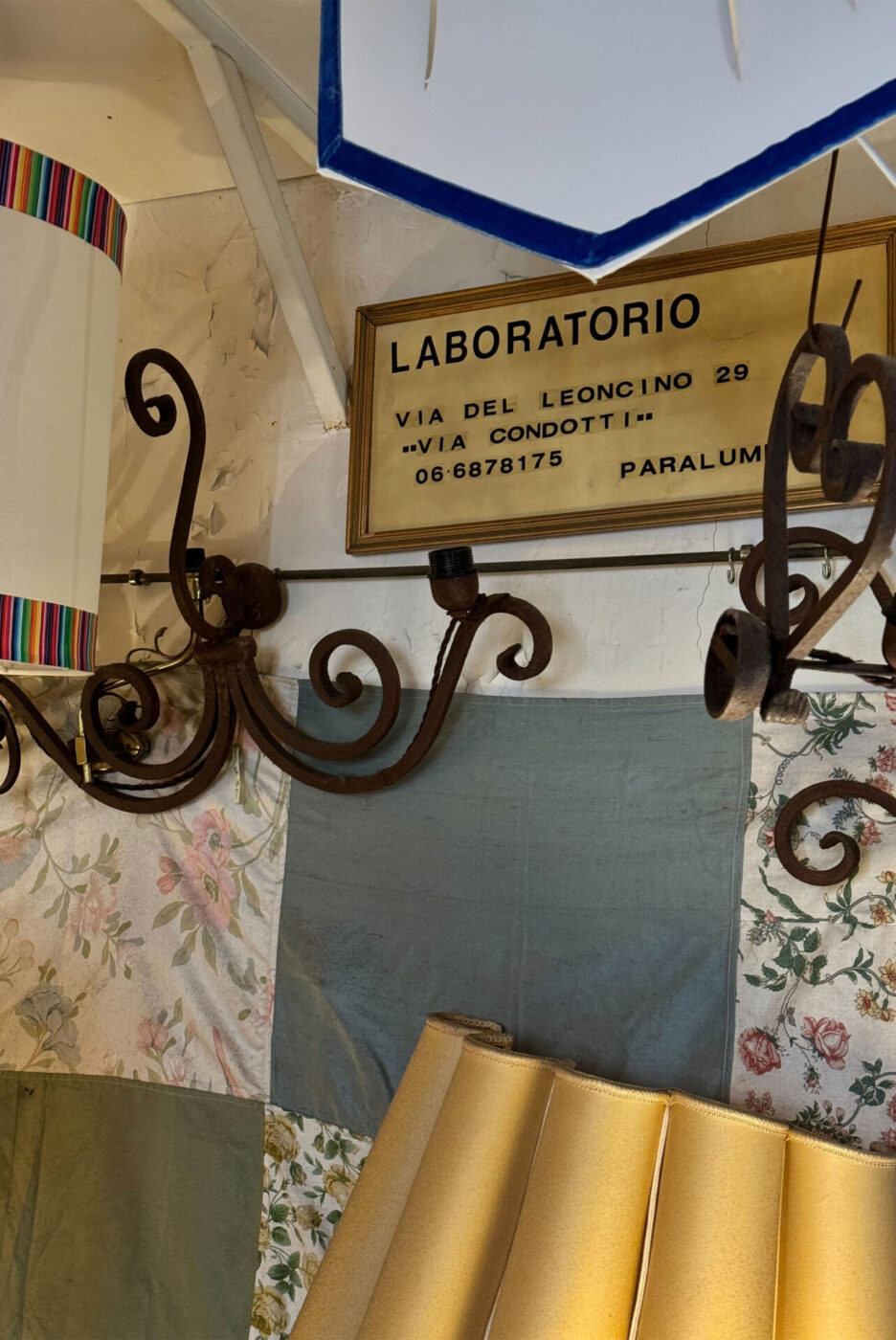Rome: the chaotic capital that, though it might be hard to live in, you can’t help but to love. A strong contingent from the Italy Segreta team is either from Rome or has lived there, and we’ve put in the hours of testing and tasting to bring you this list of 35 places that get our hearts fluttering a little faster in the Eternal City. So, whether you’re a first timer or a veritable Romaphile, these are spots to go to for a slice of local life.
WHERE TO EAT IN ROME
Piatto Romano – A meticulous selection of raw materials results in refined and thoughtful versions of classics, and some creative dishes all their own. Their foraged vegetables and wild herbs make for a strong antipasti and contorni game, and their offal dishes are also excellent. The wine selection–with many natural and biodynamic bottles–is as good as the food. Must Order: Misticanza insalata with anchovy-sumac dressing, olive all’ascolana (fried stuffed olives), any of the vegetable starters, and rigatoni alla pajata
Trecca – The brainchild of brothers Manuel and Nicolo Trecastelli, this modern version of a traditional Roman trattoria focuses on sourcing fresh, local ingredients. An informal setting, seasonal comfort food, and a pinch of innovation round out the picture. Must Order: Fegato di pollo (chicken liver served as a hash with tiny crispy potatoes) and amatriciana
Le Mani in Pasta – This classic Trastevere spot serves beautiful handmade pastas along with great seafood plates. Hidden in a tiny side street, it’s easy to miss–look out for the black iron door with a chalkboard sign that reads “dieting is just a waste of time.” Pro tip: ask to be seated on the top floor. Must Order: Carpaccio di spigola al tartufo, spaghetti alla pescatore con astice (seafood pasta with lobster), and, as a side dish, the broccolo romano ripassato.
La Torricella – A no frills seafood restaurant that retains the essence of the working class neighborhood Testaccio once was. The setting is warm and old‑school, with both indoor seating and pleasant outdoor tables in warmer months. Must Order: Marinated anchovies, spaghetti con la rana pescatrice (spaghetti with monkfish), and turbot with potatoes.
Menabó Vino e Cucina – A compelling reason to venture beyond Rome’s historic centre and into Centocelle, a working-class, student-filled neighbourhood far from the crowds that’s not conventionally pretty—think graffiti-marked buildings and wide residential streets—but offers a genuine slice of everyday Roman life. At Menabó, the cooking is casual, generous, and inventive, sidestepping Roman standards like carbonara and reworking classics such as amatriciana with onion and balsamic. The wine list is excellent, the menu changes often, and portions are abundant. Must Order (when available): La ricotta di pecora on vignarola and the fusillotti con cicoria, lenticchie e ricotta affumicata.
Retrobottega – A versatile spot for anytime of the day. In the morning, come for serves excellent specialty coffee with fresh cinnamon buns and chocolate chip cookies from Barnum bakery. In the evening, it’s ideal for a natural wine aperitivo, while at lunch and dinner it offers a creative, ever-changing menu—think roasted savoy cabbage and ditalini with offal sauce. For a quick lunch featuring non-Roman flavors, the retro kebab bodega is also a fantastic option.
Trattoria Monti – Just behind Roma Termini in the Esquilino neighborhood, this trattoria serves Marchigiano cuisine in a tastefully no-frills space. Only in Rome can you find tortello al rosso d’uovo–one giant, sumptuous raviolo–within a five minute walk of a major train station. Must Order: The aforementioned tortello filled with ricotta, mint, and one red egg yolk.
Trattoria Da Cesare Al Pellegrino – The new location of the famed Trattoria Da Cesare al Casaletto inhabits the space of another Roman institution, Settimio. Both the menu and ambience pay homage to Settimio, with much of the same decor and dishes; it’s like stepping back in time to a bygone era of Roman dining. Here, find elevated versions of the typical Roman dishes found on the menu of their Monteverde counterpart in a spot more easily accessible from the city center. Must Order: Polpette di bollito alla teresa, lesso alla picchiapò, rigatoni al sugo.
Trattoria Pennestri – In the lively heart of the Quartiere Ostiense, this restaurant crafts traditional Roman dishes made in dialogue with locally sourced, seasonal, and slow food presidium products. Opened by Valeria Payero and Tommaso Pennestri, the trattoria’s interior is as warm and inviting as the duo, designed with colors and textures that call attention to the landscape and buildings of Rome. Their wine list features many natural wines, forgotten varietals, small oenological productions, particularly sourced from Lazio. Must Order: Gnocchi alla romana, pici con cicoria, vitello al forno con patate.
Dar Filettaro a Santa Barbara – At this tiny trattoria off of Campo dè Fiori, you come here for a filetti di baccala (fried cod). Seemingly preserved in time, the quick, casual spot is somewhat of an institution, with a tight menu and locals spilling out onto plastic tables in the piazza in front at all hours of the day (and night). Must Order: Fried baccala and puntarell.
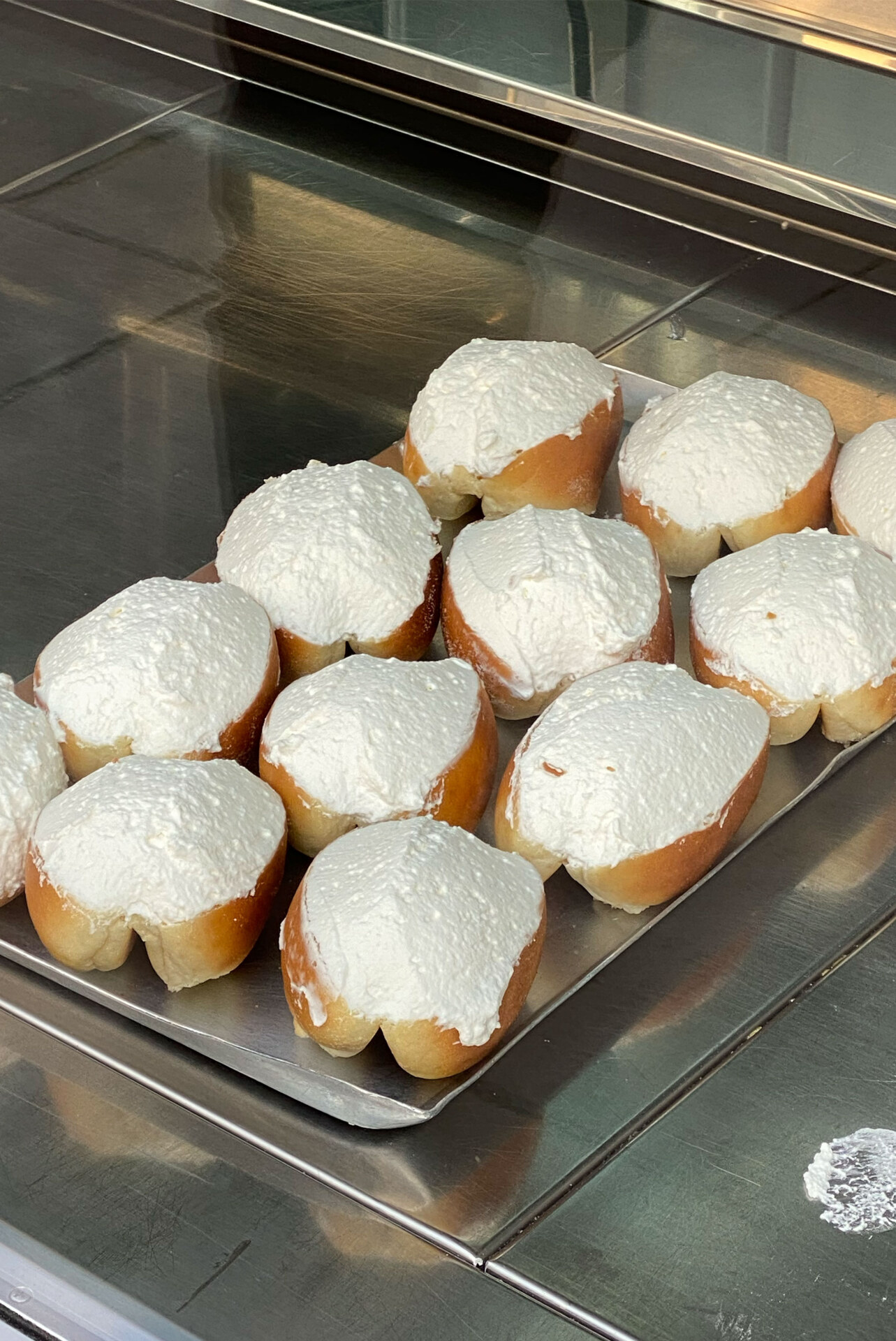
Pasticceria Regoli
THE BEST BAKERIES IN ROME
Regoli – Founded in 1916 and still managed by the Regoli family, this compact pasticceria near Santa Maria Maggiore produces incredible pastries according to ancient recipes. There can be a line, especially on the weekends, but hold out for the maritozzo; we think they make the best ones in the city.
Forno Campo de’ Fiori – It may be off one of the most touristy squares in Rome, but this 30-year-old, tiny forno is slam-packed with locals all day. While they have a great selection of baked goods, what everyone really comes for is the pizza al taglio. Elbow your way to the counter to grab a slice of the pizza rossa, pizza bianca, or pizza con patate anytime of the day.
Roscioli Caffè – At this caffè and pasticceria, under the famed Roscioli umbrella, you can actually get a seat, unlike at the always-mobbed Roscioli Salumeria con Cucina. Enjoy classic pastries–the maritozzi are great here too–excellent coffee, and a shortened version of their famed menu in a hip, bright, and welcoming space.
SPECIALTY COFFEE IN ROME
Faro – The premier address for specialty coffee in Rome; here, find single origin-coffee from different Italian and European roasters in a Nordic-style space with incredibly friendly staff. Plus, their pine nut and lemon cream maritozzi have something of a cult following.

Courtesy of @enotecalantidoto
WHERE TO DRINK IN ROME
Antidoto – This unpretentious bar feels like a friendly, unfussy hangout, where the selection of natural wines is strong—and mostly from lesser-known vineyards around Europe—the rustic-modern design on point, and the conversation flows just as much as the drinks do. From the tiny kitchen, fresh, seasonal, and beautifully untraditional small plates will help you soak it all up. Here, the food is designed to complement the drinks, not the other way round.
Fischio – Always lively, always hard to find a seat, Fischio attracts a cool crowd to a parking lot near Cipro. The outdoor-only spot pours bottles of natural wine, house-canned cocktails, and funky artisanal beers from a kiosk plastered with stickers from other local haunts and grassroots projects by friends and locals. They also happen to sling a mean espresso.
La Mescita – In the animated Piazza Trilussa, this hip enoteca was built around the values of good wine, good conversion, and good atmosphere. From aperitivo until 2 AM, stop by for a sommelier-recommended glass of wine and made-in-house nibbles. Pro tip: visit on Mondays and Thursdays, which are known as “cult days dedicated to friendship and good drinking.”
Circoletto Roma – A stone’s throw from the Circus Maximus, this spot occupies the space between traditional and modern gastronomy, with an offal-heavy menu, carefully curated natural wine list, and effortlessly laid-back atmosphere. Their 4-item menu changes all the time, enough for you to come back once a week and try a new take on Roman street food.
La Latteria Trastevere – Removed from the bustle of Trastevere, this natural wine bar is perfect for a relaxed aperitivo or a casual dinner. The menu focuses on small plates, often inspired by Sardinian flavors, a nod to the owner’s roots.
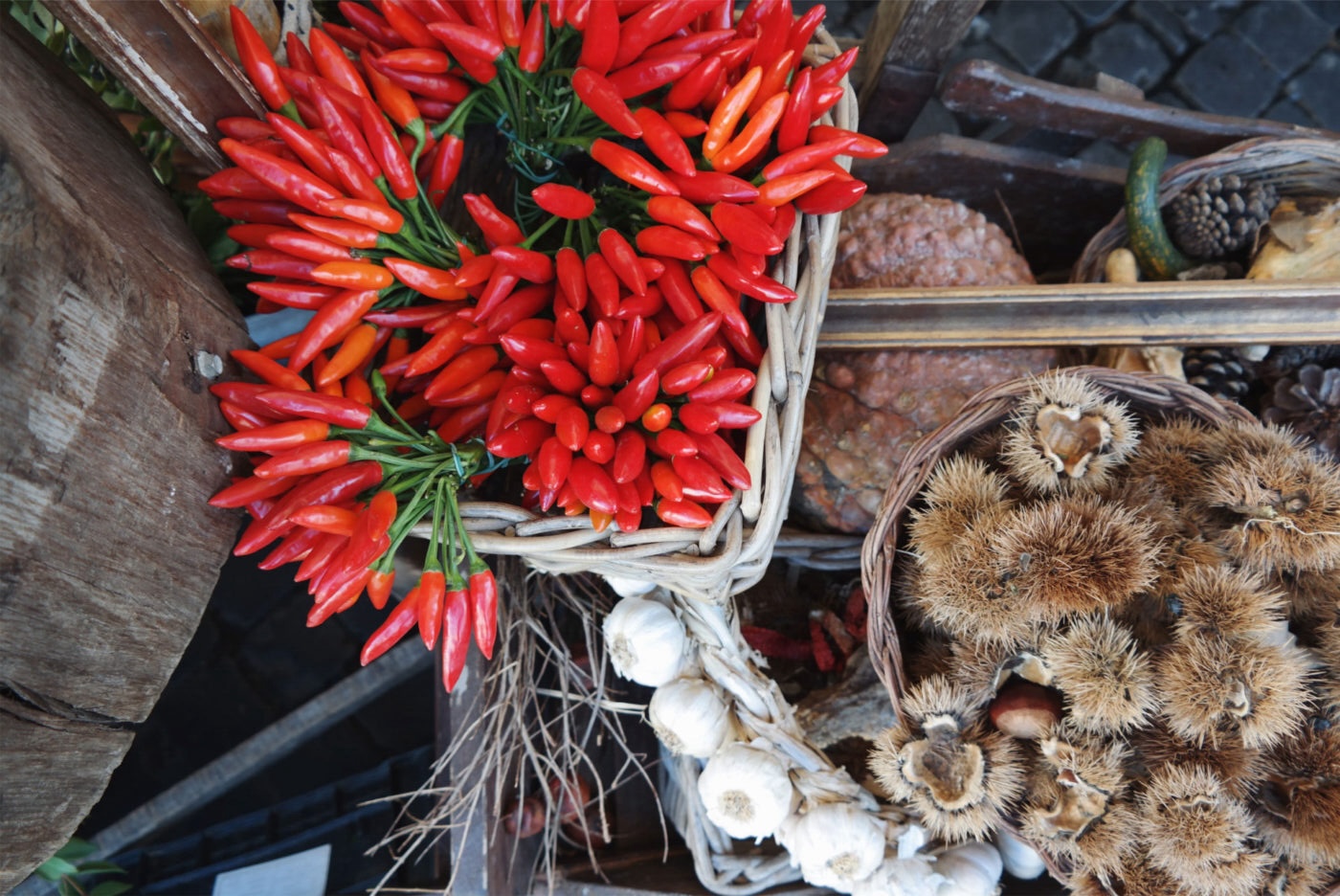
WHAT TO DO IN ROME
Accademia Pantheon – Located right behind the Pantheon, this spot is home to the oldest existing national artistic association (and was named as such in 1543). Today, you can view a collection of paintings and sculptures donated by these artists–including Borromini, Canova, and Valadier.
Gipsoteca of the Hendrik Christian Andersen Museum – The former home and studio of the famed Norwegian-American artist, this neo-Renaissance style museum features Anderden’s works, and the first floor, initially his residence, hosts temporary exhibitions spotlighting foreign artists from the 19th century to the present.
Galleria Spada – Behind Campo de’ Fiori, this stunning palazzo hosts the seat of the Council of State, as well as a museum with a Baroque picture gallery–a rich collection of 17th-century paintings–and the famous Forced Perspective Gallery by Francesco Borromini.
Palazzo Altemps – Once Cardinal Marco Sittico Altemps’ residence, this palazzo is a treasure trove of classical art acquired by the Italian State in 1982. Make sure to see the ancient sculptures, the renowned Ludovisi family collection, and the secret courtyard painted like an enchanted garden.
Appia Antica Park – Saved from encroaching urbanization, this park is the largest urban green area in Europe and a welcome escape within the city center. Look out for the countless pieces of history within, among them the Via Appia Antica, the Nymphaeum of Egeria, monumental cisterns, the funerary mausoleum of Cecilia Metella, the archaeological site of the Villa dei Quintili, and the still-intact aqueduct infamously featured in a certain film by Paolo Sorrentino.
Mercato Trionfale or Mercato di Testaccio – Skip the overcrowded market in Campo de’ Fiori and head to one of these two instead. The Mercato Trionfale is considered the first Roman market, and its 273 stalls make it one of the largest in Europe. Any local food stuff you could want, you’ll find here. The Mercato di Testaccio, right next to what was once the largest slaughterhouse in Europe, has 100 stalls (of which Da Corrado al Banco 18 is a bit of an institution) and is an unmissable gastronomic hub for prepared foods and products.
Galleria Doria Pamphilj – Right off the bustling Via del Corso is one of the city’s best-kept secrets. Hidden in a private 17th-century palace—that warrants a visit alone for the grandeur and design contained in such a small space—this gallery is one of the largest private art collections in Rome (look for pieces by Velázquez, Bernini, and Caravaggio), and the illuminating hall of mirrors nearly rivals that of Versailles.
BONUS:
Through an exclusive experience from Italy Segreta, you can visit one of Rome’s private palaces and get exclusive close-up looks at their art collection, which includes the restored “The Conversion of Saulo” by Caravaggio. To book, email [email protected].
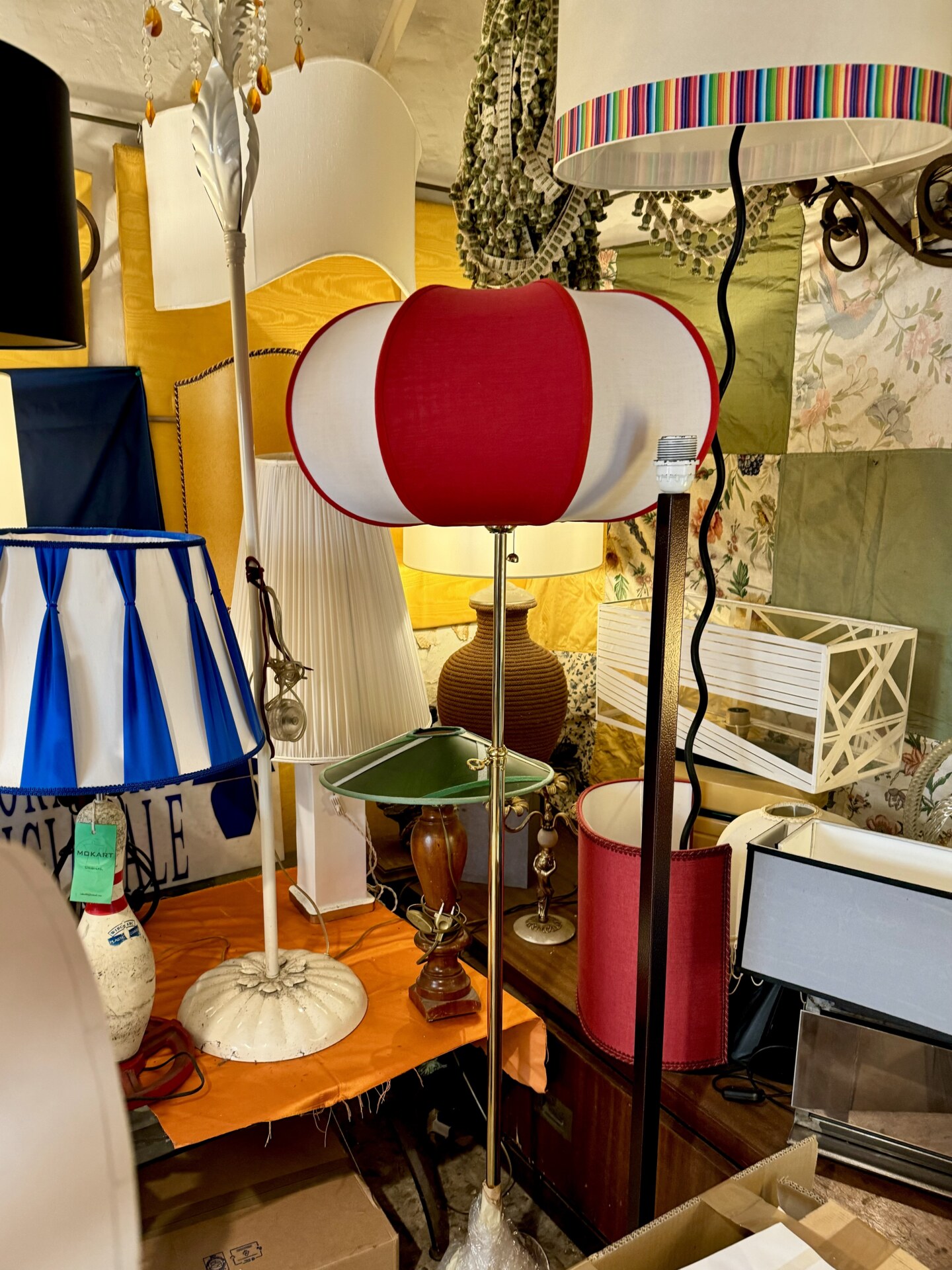
PARALUMI-LAMPSHADES-LAR dal 1938
WHERE TO SHOP IN ROME
PARALUMI-LAMPSHADES-LAR dal 1938 – A dreamscape for those of you with 1950’s mod Pinterest boards. This artisan shop has been making handmade lampshades since, you guessed it, 1938. Though they make more classic, romantic designs, the most popular styles are funkier, with multi-colored geometric patterns and mid-century flair.
TRIPLEF – Head to this airy, multi-story concept store, created by Federica Formilli Fendi, for rare and cool finds from the worlds of fashion, design, and art. You can also bring high-end furniture, objects, lighting, and fashion items for consignment.
Totti Tessuti – At this hidden atelier at Via del Babuino 93 (ring the bell and head up to the second floor), you can find one-of-a-kind fabrics from across the world, as well as design your own prints. Browse proprietor Federica’s curated collection of Genoese handmade velvets, silks, antique hand-printed documents, vintage Venetian fabrics, and embossed leather.
Hollywood Tutto sul Cinema – Movie fanatics, this one’s for you. The store is loaded with hard-to-find vintage and current movie posters (both copies and originals!) of Italian and American classics, and, for those of you with a DVD player, you can find hundreds of both blockbuster and niche titles.

Hotel Locarno
WHERE TO SLEEP IN ROME
Hotel dè Ricci – In Rome’s Regola neighborhood, this boutique hotel provides a quiet escape near famous landmarks like Piazza Navona. The first wine hotel in the center of a metropolis like Rome, Hotel Dè Ricci’s beverage offerings are second to none: their collection hosts over 1,500 labels and more than 10,000 bottles, and rooms are equipped with private in-suite wine cellars.
Locarno – Open since 1925, this five-star boutique hotel in a converted historical estate has some of the most stunning views over Rome and Piazza del Popolo. The estate’s original purpose was as a holiday home for Venetian nobility, and many of the rooms still exude the sophistication of this bygone era. It’s no wonder numerous films and literary pieces have chosen the hotel as their settings!
VUOTOPIENO – These curated apartments–of which there is also a cluster in Maremma and the Dolomites–is more than just a place to stay: at VUOTIOPIENO, both people and projects are welcome guests. The immersive space is designed to foster interaction, rest, creativity, community, and connection, providing artists a space to showcase their multidisciplinary work.
Palazzo Velabro – This hotel, built in the 18th century on the famed Via del Velabro, is an ode to Rome’s history and to Italian architect Luigi Moretti’s rationalist style, with watercolor painted ceilings, colorful walls and furniture, and polychrome marbles reminiscent of 17th-century opulence. Their seven rooms and suites are complete with stunning views of the Roman forum.
Hotel d’Inghilterra – Just off the high-end Via Borgognona and steps from the Spanish Steps, this five-star hotel occupies a mid‑16th-century palazzo that, in the mid-1800s, officially opened as “Hotel d’Angleterre”, catering initially to British travelers on the Grand Tour. Over the years, it became a favored refuge for literary and artistic figures: Oscar Wilde, Hans Christian Andersen, and Henry James, and later luminaries such as Mark Twain, Ernest Hemingway, Italo Calvino, Elizabeth Taylor, Gregory Peck, and others all walked its marble-floored corridors. Today, the hotel retains its aristocratic charm—gleaming chandeliers, velvet lounges, and a refined sense of old-world glamour—while offering 79 updated rooms, a discreet bar, and a rooftop terrace overlooking a panorama of Rome’s skyline.
